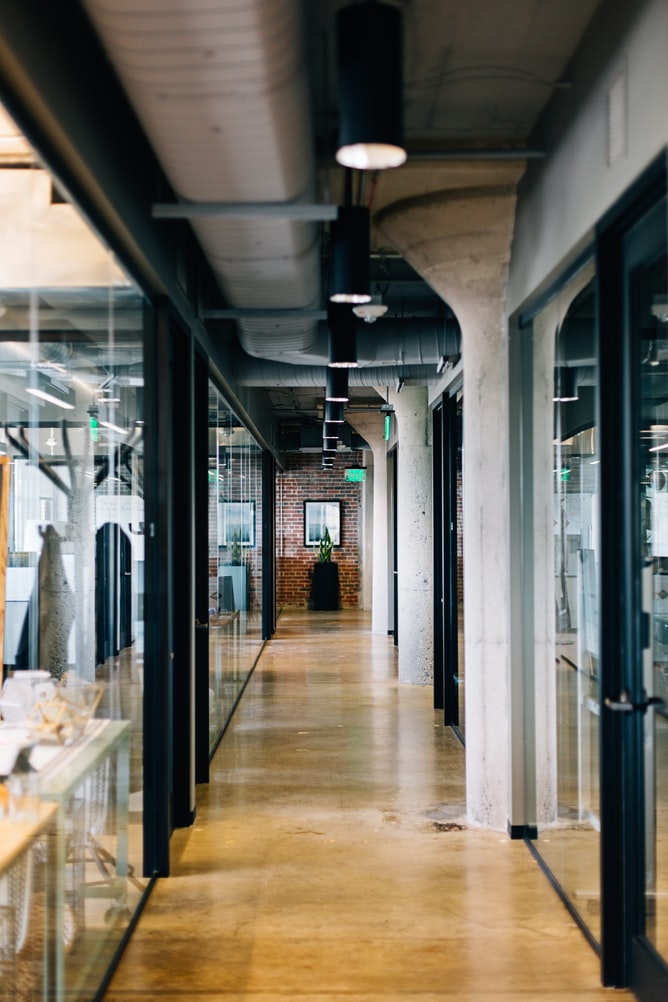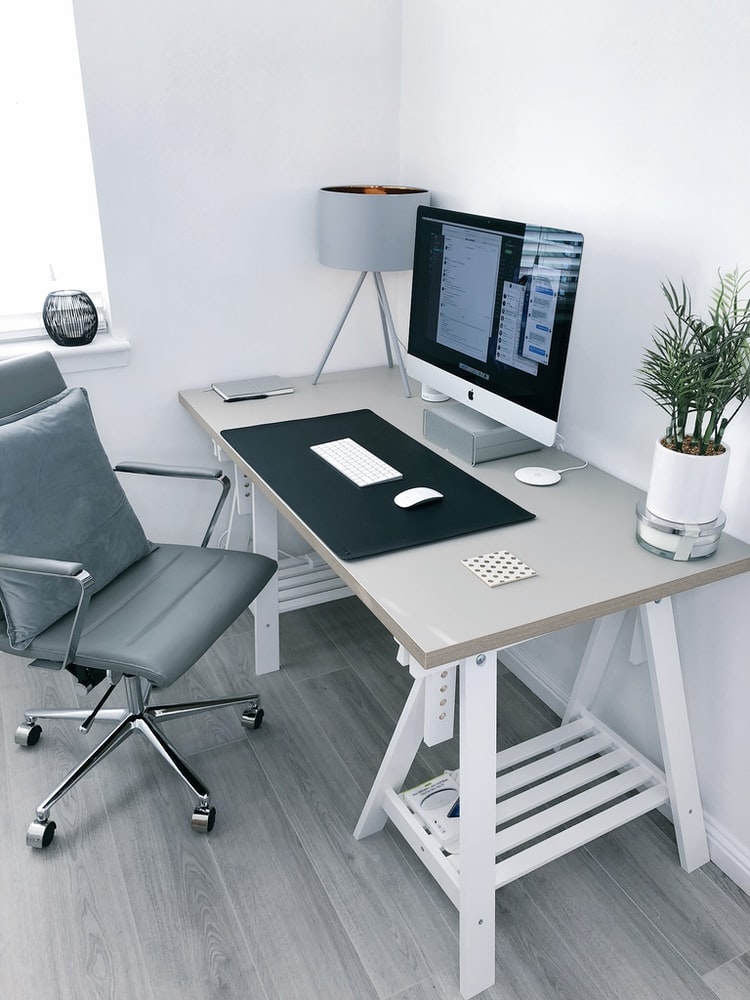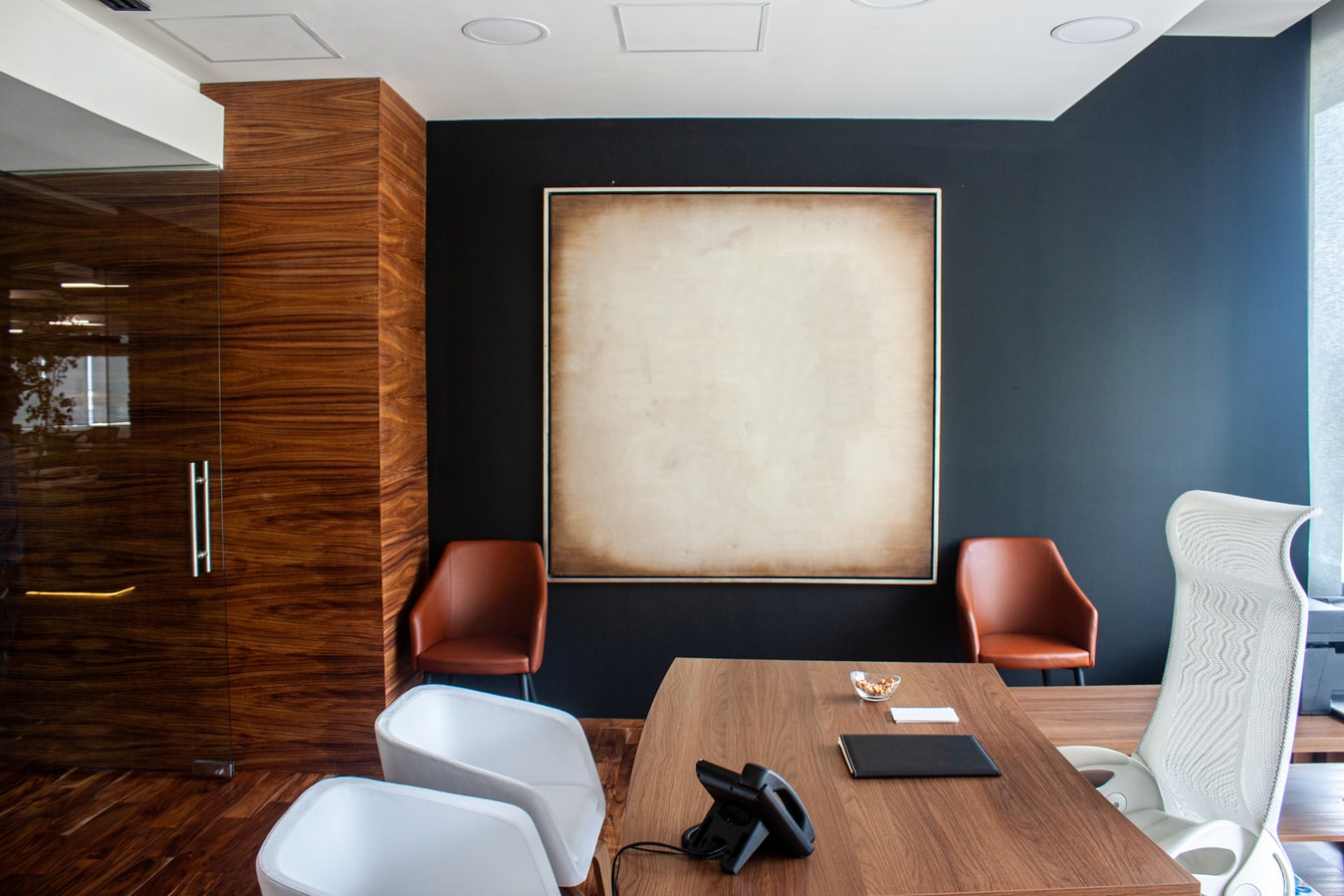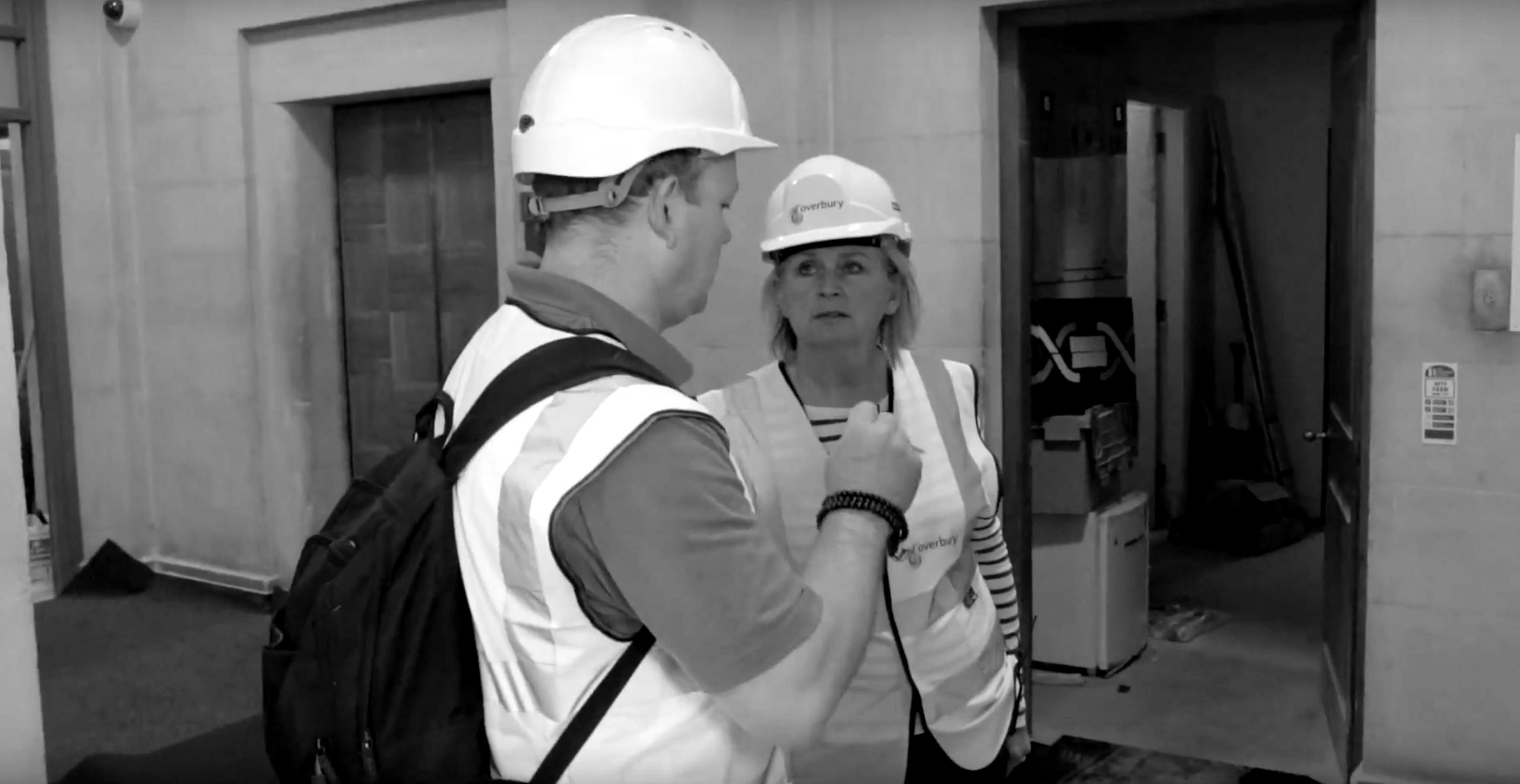— The PLACEmaking blog
Adapting the workplace after COVID-19
Author
Alison WhiteDate
August 1, 2021Everyone can and should be thinking hard about their future workplace needs and adjusting their plans accordingly.
01
What are the main challenges when adapting existing workplaces?
Clearly not everyone is in the position to instantly make sweeping changes to their existing workplaces. But everyone can and should be thinking hard about their future needs and adjusting their plans accordingly, including
- Developing a vision for the future and a realistic roadmap to achieving it
- Thinking differently: focus on how your business needs to operate in the future and what that means in terms of the holistic ‘experience’ for people within the business and your customers.
- With that in mind, testing how you think your existing workplace solutions meet your changing needs and how effective they will be to achieving your objectives
- Identifying what will constrain your objectives and addressing these aspects as a matter of urgency.
- Developing a clear vision and brief for the workplace environment(s) you intend to create and setting out the space and technology roadmap needed to deliver that vision
- Viewing your options through a different lens – buildings in your portfolio that were previously dismissed as offices could be the very quirky places that creates that connected network
- If you are going to embrace increased levels of remote and home working be realistic – keeping the old office in aspic for use a couple of days a week isn’t economically viable. That’s why the workplace needs to change – we might need less of it, it might not be where it was pre COVID-19 and it certainly shouldn’t look and feel the same.
- Changing the culture – take this opportunity to make a step change. Convert expectations from owning desks to higher levels of expectation as ‘consumers’ of services. Develop new dynamic resource profiles and understand the dependencies of individuals and teams have on the business resources, assets and facilities and focus on making sure they’re available as quickly a possible.
- Recognising that the ‘deal’ between employer and employee is changing and management styles needs to evolve. Different skills are needed to support changing work patterns and work styles – more hands-on, more focused on supporting well-being, cultural nurturing and softer measures on performance and outputs.
- Remembering you’re all in this together – few organisations have a magic wand to take on this scale of transformation in one sweep so be open about the process, the roadmap and share the experience. Ask for participation, confess to mistakes, brush off and move forward together and keep communication open and honest.

02

What are some of the more near-future trends to look out for if hybrid working becomes the default?
Look out for growth in deregulation, that is a reduction in employers’ control on the workplace environments their ‘employees’ chose to base themselves and the suitability of the workspace setup. Employers will need to focus on offering guidance and advice but ultimately it is unrealistic for employees to let employers dictate how their home workspace should be arranged.
For the new function for the former city centre offices, there will be be growth in mobile interior elements as opposed to fixed fittings. Customers will invest in interior elements as long as they can pack them up and move them as their preference for short term leases expands. Integrating technology into furniture items instead of building fixed will also increase and the boundaries of who manufacturers, delivers, installs and services these combined elements needs to be resolved.
With traditional office refurbishment reducing there will be decline in mass scale contract furniture and growth in a new kind of domestic furniture and technology solution demanded. Services will need to be smaller in scale, more responsive to individual personal choice and less ‘officey’ in product options.
Decentralisation is the key trend with even the businesses who used to fight for that number one city address to reinforce their brand dominance recognising that’s no longer relevant. Owners of quirky buildings in smaller towns should be considering what would attract former commuters to stay local and contribute to the local economy more. This creates both benefits and risks for smaller towns with growth in demand for a different type, scale and specification of homes, connectivity infrastructure and local amenities challenging their pre COVID-19 assumptions
03
What are some of the biggest challenges employers and employees face adapting to hybrid working?
The consistent feedback from enforced working from home includes some groups feeling isolated and missing social interaction with others. Perhaps what has surprised some is the social value of going to work and the way that some, especially younger generations structure their social lives around their work hours. There has also been a significant increase in single person living in city centres and there is a potential problem growing of people becoming increasingly isolated.
Employers have a key role in focusing more on the health and well-being of their talent and they need to adapt their approach and support services. So in place of price driven down facilities management and HR focused on endless policy development, employers will need to become event managers, actively creating new style opportunities for employee connectivity, career navigation and personal development. In place of competitive positioning, multiple employers should work in unison to increase skills development and human resource well being.

04

To what extent has demand for hybrid working solutions increased since the start of the pandemic — and what in particular has been most in demand?
There’s been an explosion in demand for our approach and services since the beginning of the pandemic. Generally our clients are keen to embrace our recommendations and their employees response to change is very different now they’ve experienced the way of working revolution caused by the pandemic.
But changing their internal service support team attitudes is often a massive hurdle, as one client recently said “we’re swimming against a tide of well entrenched traditional thinking, services and attitudes” in terms of internal property, technology and procurement teams. Typically they simply want things to go back to how they were pre pandemic and they can rely on their long term established supply chains to keep the wheels in motion. Our work challenges all of that and it takes a close partnership between us and out client to overcome those challenges in order to make the most of the opportunities available by embracing change.
05
How does PLACEmaking work with clients to introduce these solutions?
Closely! It’s always been difficult to pigeon hole PLACEmaking services as we design workplaces as architects and designers but we’re very focused on how people work, the changing nature of work processes, the emerging tools and systems that our clients depend on and environments they need to stay relevant, effective and productive plus the cultural development and well-being of the collective entity that they work within. That’s a complex service to describe in a tender document and also one that hard to evaluate in terms of value and cost. Most of our projects come through previous client contacts repeats or word of mouth and we are clear what criteria we apply when deciding if we can add value to a project or perhaps where perhaps we can’t.
The key for us is enabling our clients to articulate their perspective of their business future and align the key elements that will enable the successful delivery of their vision and objectives. By closely aligning our recommendations to that vision, enables leadership teams to commit their resources to facilitate our proposals and for the staff and customers to engage with change and the implementation process. Our solutions are informed by a wide perspective of what is developing in terms of changing ways of working, it will be far reaching but it won’t be fantasy.

Subscribe to our mailing list
Let's Work Together
Office
Box 18, Boxworks
Clock Tower Yard,
Bristol BS1 6QH

